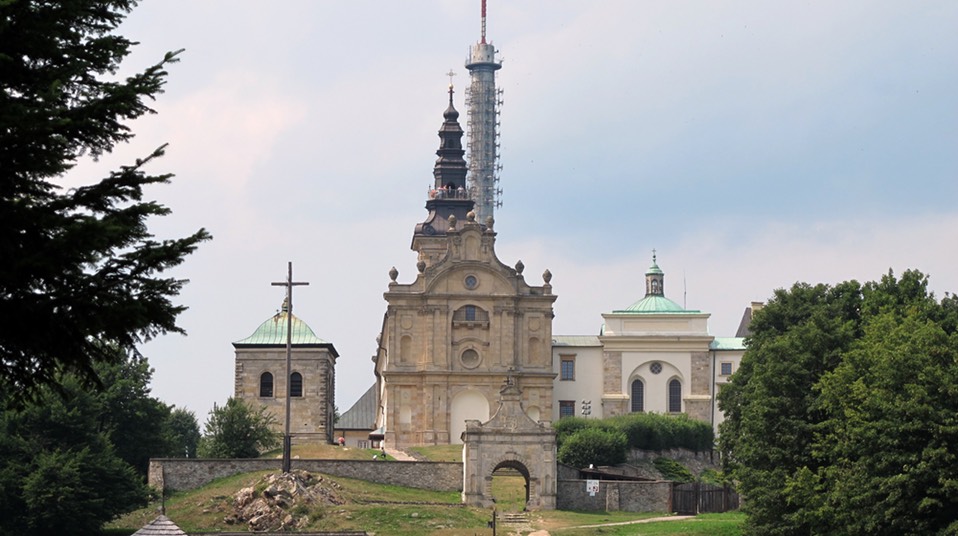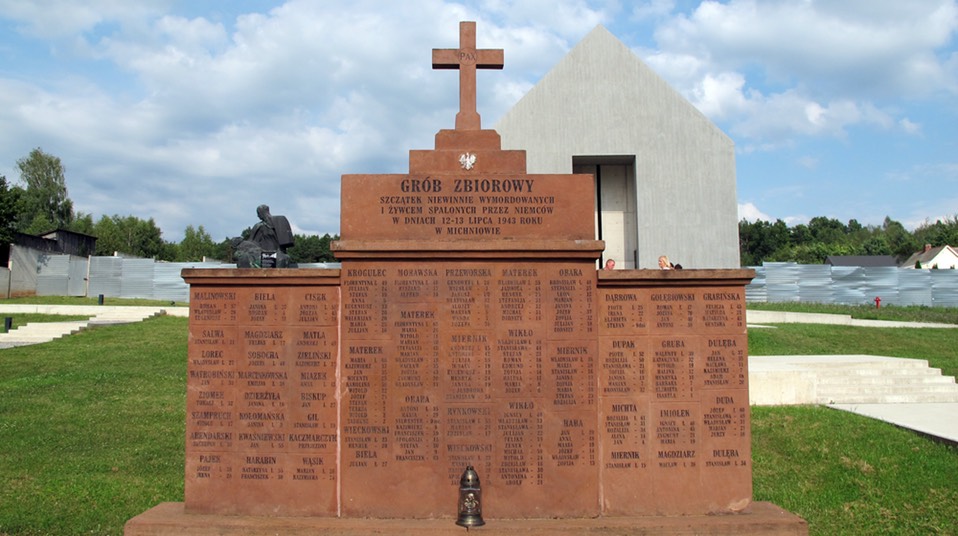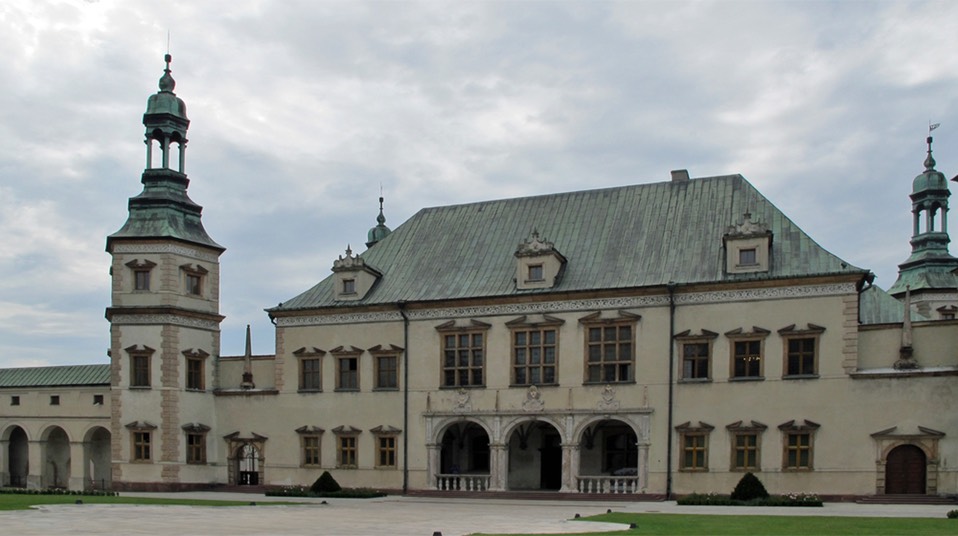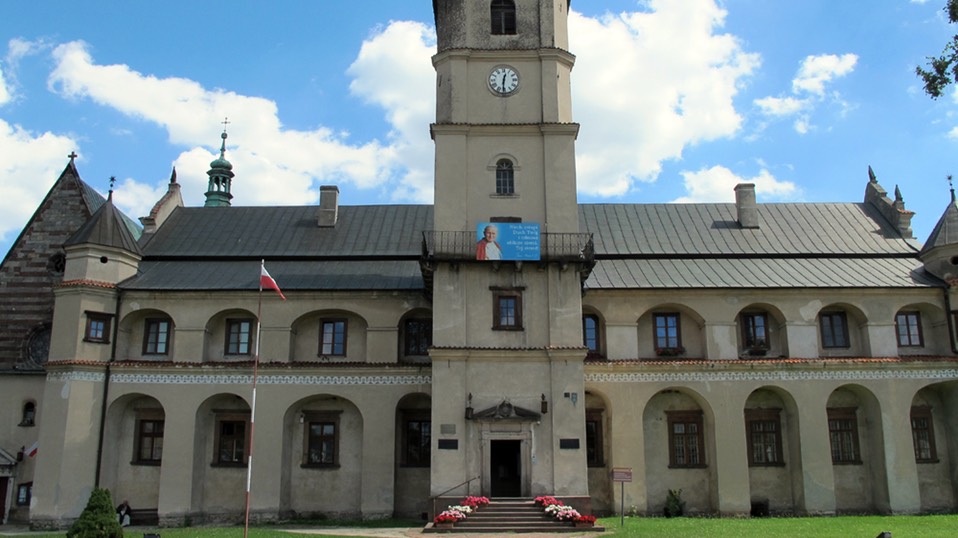31st August - 6th August 2017
Monday
The few days with Alex ended today with us taking him to Krakow Glowny Railway Station, we didn’t know there has been a super dooper new one built but fortunately the new is almost next door to the old so Alex caught the train with no problem. We went back to the van and started to pack up ready to move on.
This afternoon we went to try to find the viaToll contact we had found in our searches on t’interweb. It’s easy when you know where, about 10 minutes from the site in a 24 hour garage and also easy when you know how, we added PLN 200 to it in minutes. Lets hope it is this easy if we have to top up again
Tuesday
We have moved north and slightly east to Camping140 OSiR Suchedniów, half way between Krakow and Warsaw. The road we travelled is currently being upgraded from a village hugging single carriageway to a motorway standard dual carriageway, which will be great when its done. Right now they are working on something like a 100km section, which is a pain, particularly as despite the holdups the viaToll box continued it’s merry bleeping as it racks up the charges. Despite all the road works today was a good day to travel as the external temperature gauge on the car was reading 39°C (102°F) and signs on the roadside were indicating a road surface temperature (who decided to spend money on electronic road surface temperature signs??) was 50°C (122°F) while the air con maintained the car internal temperature at a pleasant 19°C (66°F).
Wednesday
We started off with just a drive out today but seeing a church right on the skyline and realising it was The Benedictine Monastery of the Holy Cross on Lysa Gora mountain in the Swietokrzyskie Mountains (blimey! that was a mouthful) we decided to detour and try to find it. We eventually saw a brown sign with the name of the Monastery on so followed them until without climbing at all we came to the end of the road, just a carpark in front of us. The young carpark attendant spoke good English and explained that this was the carpark for the monastery and that we needed to walk up the path for around 2km during which time we would climb some 500 metres, we declined to pay his car parking fee and turned around to continue our drive when we were struck by a sudden attack of stupidity. We went back paid the young man the PLN 7, around £1.48, parked and started walking. We didn’t get too far before we had to pay another PLN 7 (3.5 each) for access to the Swietokrzyskie National Park and spent the next hour sweating profusely and fighting for breath as we trudged up the most difficult path I can ever remember assending. It was steep and it was rocky, every few yards it had logs fixed across the path to prevent rain washing the path away. At what we hoped was getting near to the monastery we saw a fingerpost pointing to a monument, we followed it, a bit miffed that after all that climbing we were now losing height. After a hundred yards or so we came upon a Soviet war grave cemetery. There was a team of gardeners keeping the place clean and tidy but other than a small amount of Russian text on the main memorial there was nothing to identify the individuals interred or their units etc each of the gravestone was decorated with a red star but was otherwise blank.
When we had decided to climb to the monastery it had been a spur of the moment flash of madness so we were more than pleased on eventually reaching it to find in the grounds a coffee stall selling, as well as coffee, ice cream and chilled bottled water as like yesterday the temperature was in the high 30°’s.

The Benedictine Monastery of the Holy Cross
We got back to the car exhausted but satisfied that we had managed to get there and back unaided. My “Fitbit” telling us that we had walked around 12,000 steps and climbed 770 stairs, it just felt like 120,000 steps and 7700 stairs.
The Swietokrzyskie National Park once a primeval forest that covered the range was so badly damaged by acid rain in the 1960’s and 70’s that only vestiges now remain.
On our way back to the site we came upon an unfinished memorial at the side of the road for which we had seen no publicity.

The names of all 203 victime is inscribed on the memorial.
We stopped for a look and found it was a memorial originally built to mark the mass grave of the Michniów Pacification Victims. During World War II, the region of Michniów was occupied by the Germans from September 1939 until January 1945. Under the occupation, it was one of the local centres of the Polish underground resistance movement. On 12–13 July 1943, a population of Michniów was massacred by the German Police units in punishment for the partisan activity in the area. In the first massacre, on 12 July 1943, 98 men were burned alive locked in barns. The same night, the partisans headed by Jan Piwnik "Ponury", made a retaliatory assault on a German train from Kraków to Warsaw. The Germans returned to the village the next day and committed a second punitive massacre. During the two days, at least 203 inhabitants were killed - 103 men, 53 women and 47 children. After an ad hoc investigation, a further 11 persons - the only ones suspected by the Germans of underground activities - were sent to Auschwitz concentration camp, where 6 died. The village was then completely burned. Now known as The Mausoleum of Martyrology of Polish Villages in Michniów it “ . . . commemorates all forms of extermination and terror used against the village communities on Polish land occupied by the Germans in 1935 - 1945 . . . “
Thursday
Another hot dry day forecast so wash day - gosh! we know how to enjoy ourselves.
Friday
The weather is still hot and, so far, dry so after doing another machine load of washing (at PLN 10 per load it’s about half the price one would normally expect to pay) we toddled off to Kielce a nearby town that has, according to our guide book, a bishop’s palace and cathedral that are both worth visiting. The town particularly the part where the Bishop's Palace and Kielce Cathedral are situated is very open and we were able to find a parking spot not far from them. There were many areas in the bishop’s palace that could be toured but we were told by the English speaking security guard that only two would be of interest to us, the palace itself and the portrait gallery

Bishop’s Palace
In each room of the palace was a number of A4 sheets each giving details of the room in different languages. Sadly the sheets were written in a rather dry academic way giving bare facts only. We also found the rooms although furnished sterile, with the furnishings seeming to have been brought in to fill space, and gave no clue as to how the past residents had lived their lives.
The portrait gallery was interesting but not knowing any Polish history we did not know who were the people we were looking at or why they were there, but the styles of clothing etc was interesting.
. After our visit to the palace we walked across the road to the cathedral, but a service (we think a funeral) was about to begin so we retreated back to the car to return home.
Saturday
We worked a circular route and went for a drive today, the first place of interest being a Cistercian monastery in Wąchock. As always seemed to happen on the Iberian Peninsular we arrived a little after the lunch time commenced and as, along with two other Polish couples, we were wandering around the ticket office a chap came in rattled off something in Polish and took us all downstairs and through to the cloisters where we were all left to wander. After nosing around Sue and I went back upstairs and let ourselves into the Abbey museum which was full of weapons ranging from WW2 guns to ancient flintlocks and sabres, there was, if we could only understand it, what seemed a history of the WW2 Polish resistance while outside was a wall with memorials to the leaders of what we assumed to be the Polish resistance army leaders from 1939 to the end of the war some lasting a year or two others lasting as little as a few weeks.

Cistercian Abbey, Wachock
From Wąchock we continued to Ilsa to visit the tower of The Castle Of The Bishops Of Cracow (Krakow).
The palace has been in ruin since the start of the 19th century but the grounds are still used for events, don’t have a clue as to what sort of events but a gang of guys were setting up a sound system during our visit, and the tower has been made safe and accessible with the installation of a circular staircase. The views from the top are spectacular and interestingly the distances to the worlds capitol cities has been painted on the floor of the observation deck.
Our final visit of the day was the town hall castle in the small town of Szdlowiec, the castle was built on an artificial island and, according to our guide book “. . . of it’s rich interior decoration only traces remain. Of greater interest is the Museum of Folk Musical Instruments . . . “ we will never know as we could not find any sort of visitor entrance to the castle and the museum was closed.
Sunday
We were going to spend the morning doing useful things but started chatting to a couple on a pitch near us in a German registered Motorhome, I was a bit taken aback that when he spoke his accent was not German but English, he explained that his wife was German, they were a very interesting couple of “proper” travellers having driven a adapted Unimog from Germany to Zambia We chatted for far longer than either they or us had intended and resulted, after a couple of hours, in them changing their destination from returning home to visiting Scandinavia. Hopefully we may bump into them again someday.